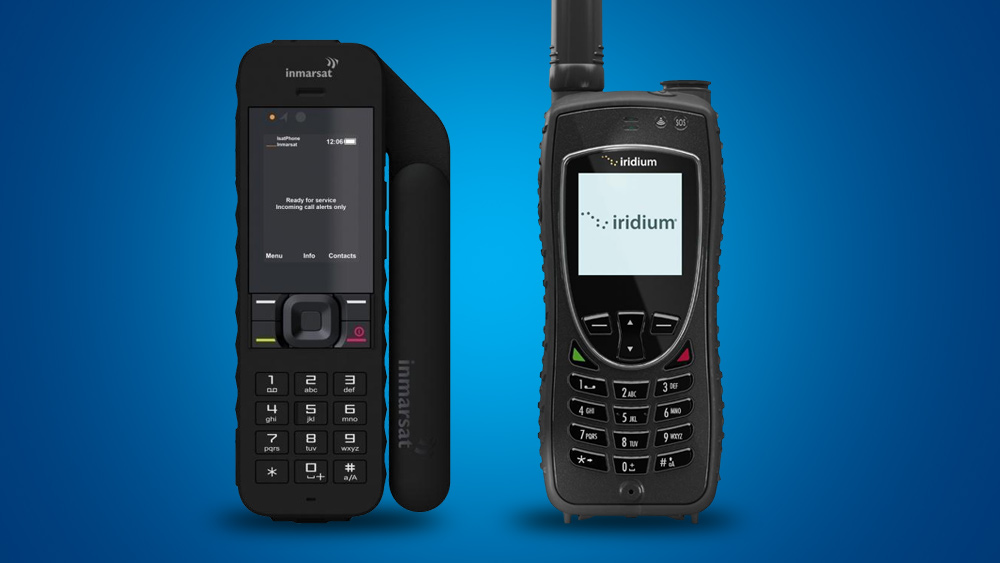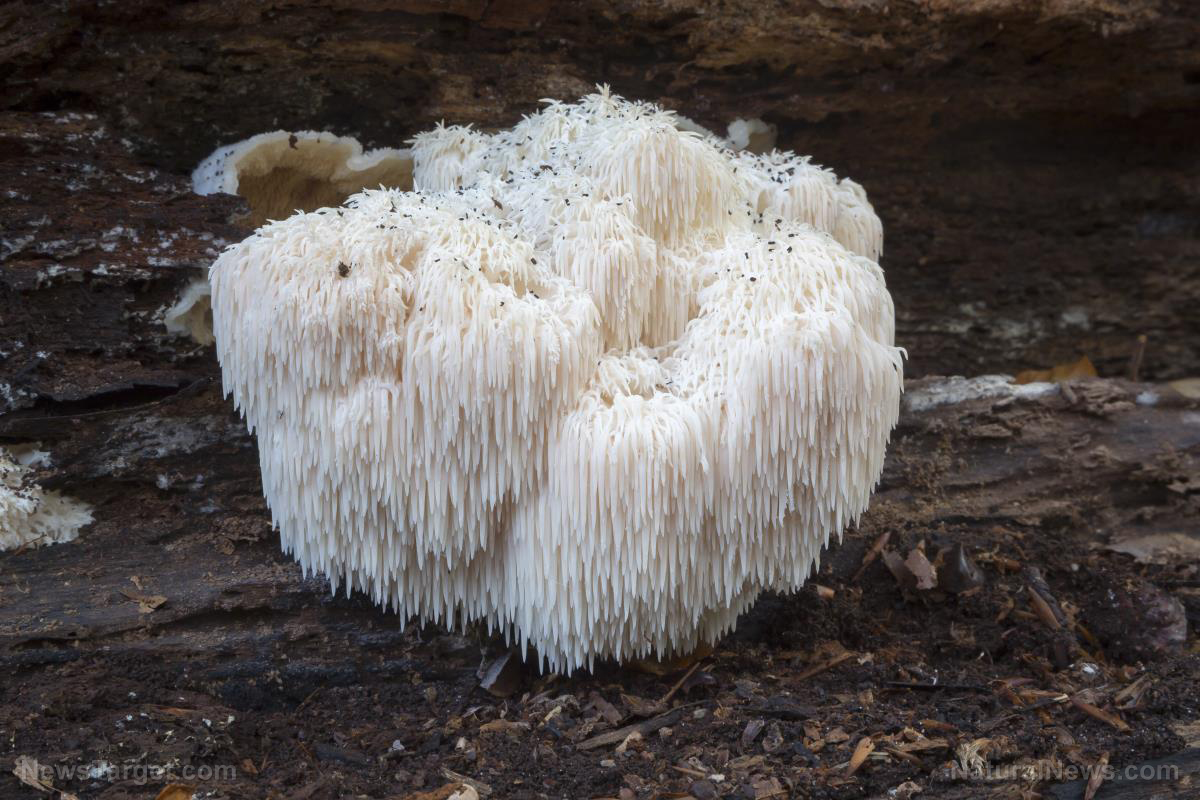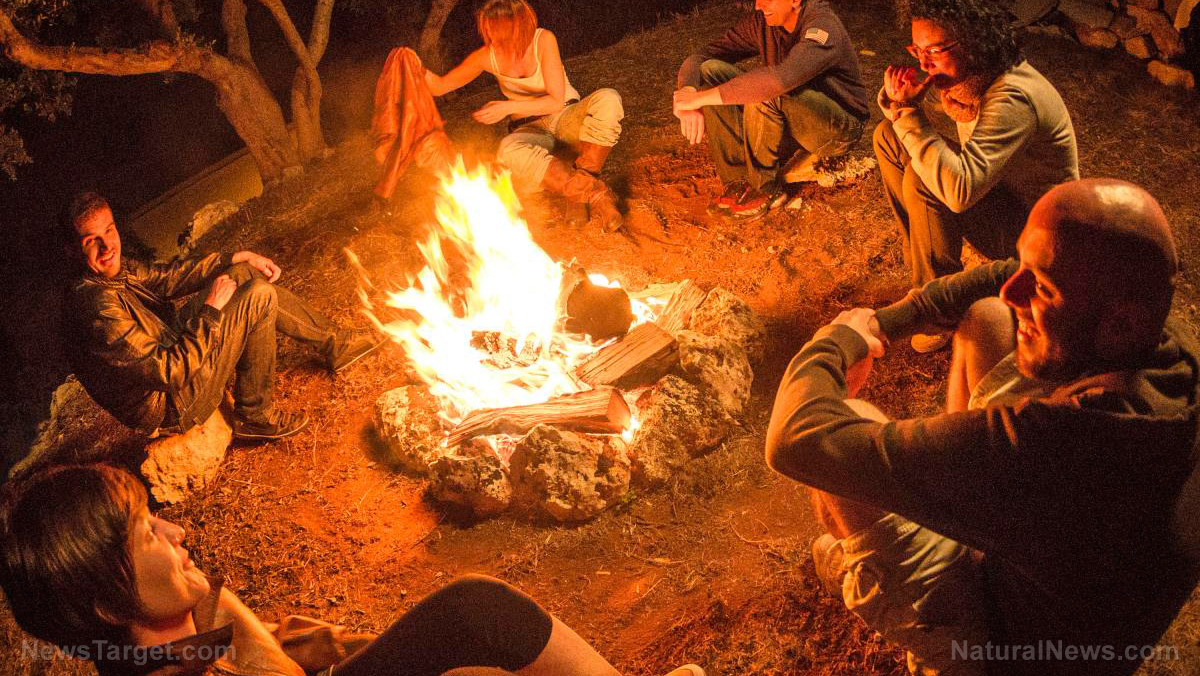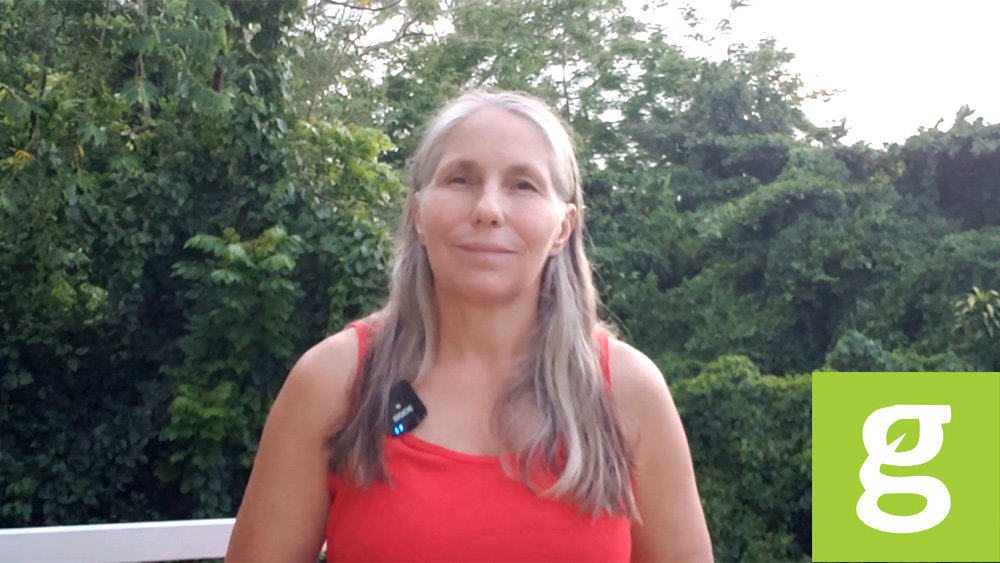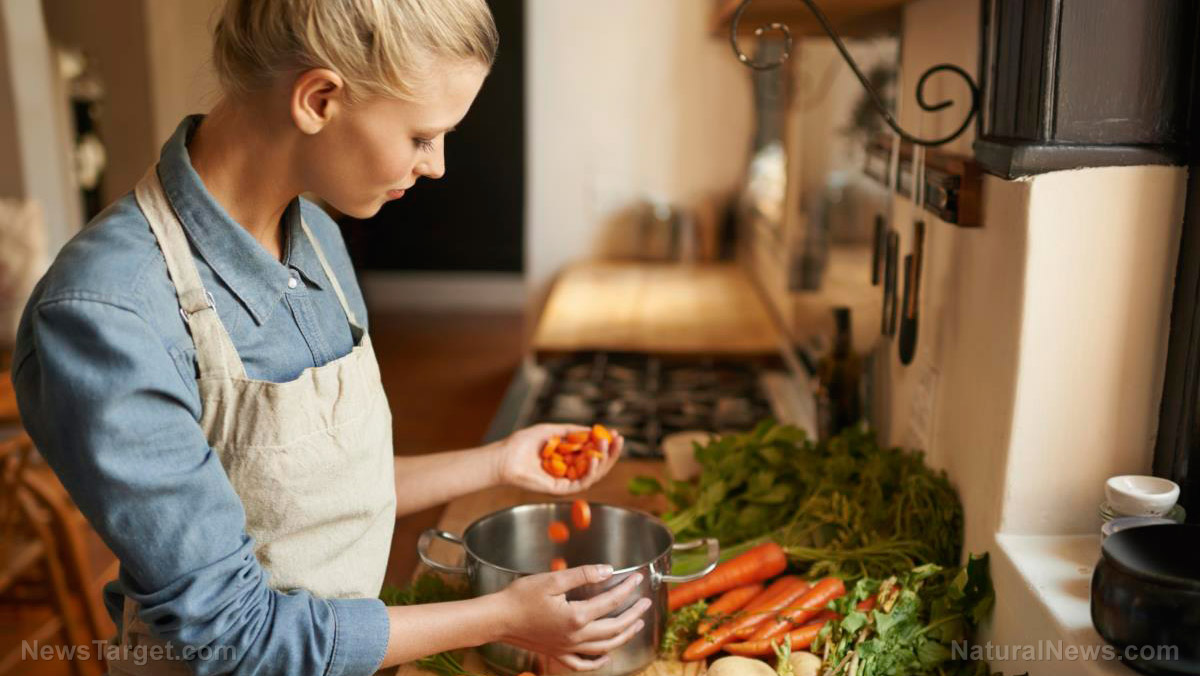Choose what’s best for you: Keep these tips in my mind when buying land for your homestead or small farm
11/04/2017 / By Rita Winters

If you’ve decided on building your own homestead from the ground up, here’s a descriptive guide on what to consider when buying land. You might not approve of all the things to ponder on, but it’s always good to brainstorm early than to regret when things are set in stone.
- Size – First and foremost, you’ll need to decide on how big or small you want your land to be. The size will depend on your goals for your homestead or small farm. List down your plan for the land. Make sure to indicate what crops you plan to grow, what livestock you want to raise, and extra tree-filled land to provide for your heating needs. If you’re new to land sizes, a hectare is 100 meters by 100 meters (100 x 100 meters). You can also try imagining most football stadiums – it would give you a near-accurate visualization of the size of a hectare.
- Geographic location and land characteristics – Setting up a homestead in the south will allow you more hours of direct sunlight as compared to settling in the north. Climate and weather are also important aspects to consider, so choose wisely. Land elevation is also important, since there are crops that don’t grow properly in high places. Slope defines the direction of natural soil erosion that may happen during the course of your farming years. The type of land you are looking to purchase should also be considered. Pasture soil is different from crop soil. Some crops may need a specific type of soil in order to grow well. The type of animals you wish to raise will also depend on the quality of your land. While poultry can thrive in rocky land types, swine and other types of livestock may not. If the land is hard and rocky, you might want to think about how your pipes will be laid out. You’ll also need to choose between building an outhouse or installing a septic system.
- Remoteness and accessibility – Your proximity to a town or city will determined the accessibility to your homestead or farm. Not everything can be grown in one place, so there are times you might need to visit the market to get the ingredients for your pie. Accessibility is also defined by the types of roads that will be passed through to get to the house. If you have dirt roads, do you have a vehicle that can manage it? Can delivery trucks access your location? You will also need to determine if there are any health care centers nearby, especially if you have children living with you. No matter how healthy you may be, accidents may happen. Learn your rights of way as well in order to avoid unconsciously trespassing on other people’s property. In some cases, especially when located near the city, you might have to put up some fences to keep trespassers out.
- Energy needs – Another thing to consider is energy. Not everyone can become fully independent, especially with easy access to today’s modern comforts. Some of you may choose to retain Internet accessibility, while some of you might have conditions that need temperature-controlled rooms. Either way, you will need an electric supply. Homesteading doesn’t necessarily mean total elimination of reliance on the urban lifestyle, but more like a gradual move away from it towards self-sufficiency. If you feel you need a strong source of power, you’ll want to consider getting connected to a nearby power grid. If you’re sure that you can get by without too much electronic devices, then you’re better off installing a solar panel on your roof, or a location-dependent water/wind generator. On a side note, even if you’re sure that you don’t need an electric supply, you might in the future, especially for mills or pellet-making machines for your livestock. (Related: The shared economy is going solar with neighbors buying and selling renewable energy to each other in Brooklyn.)
- Water – It’s the absolute source of life. Without it, your crops won’t grow, your livestock won’t thrive, and you will die. Switching over quickly to focus on the positive, having your own water source will save your utility costs. Having your own water source however, will imply that you need to have a filtering or distilling station to remove the bacteria and other pathogens. You can either choose to connect to your local water grid, or create other means by digging up a well or installing a deep-earth pump. There are many ways to conserve water use, so deciding on connecting to a water grid may not be too bad. Lucky if there’s a stream or river near your location! Make sure to consult your local government unit prior to collecting water from a natural source.
Sources include:
Submit a correction >>
Tagged Under:
buying land, farm land, Homestead, homesteading, purchasing, Real Estate, small farm
This article may contain statements that reflect the opinion of the author
RECENT NEWS & ARTICLES
Homesteading.News is a fact-based public education website published by Homesteading News Features, LLC.
All content copyright © 2018 by Homesteading News Features, LLC.
Contact Us with Tips or Corrections
All trademarks, registered trademarks and servicemarks mentioned on this site are the property of their respective owners.









